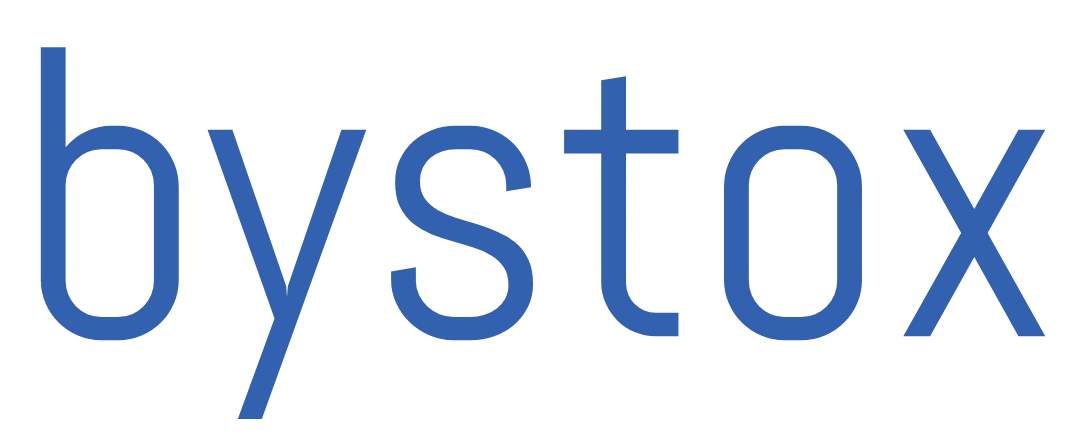The latest data from HSBC revealed a remarkable upswing in India’s manufacturing sector, as reflected by the Purchasing Managers’ Index (PMI) reaching an impressive 59.1 in March. This marks a significant milestone, representing the sector’s highest reading in 16 years. Released on April 2, the report highlights a robust expansion fueled by notable increases in both output and new orders, which soared to their strongest levels since October 2020. Furthermore, the survey identified the second-highest increase in input inventories in its history, signaling a buoyant atmosphere within the manufacturing landscape.
Maintaining its streak above the crucial threshold of 50 for the 33rd consecutive month, the March manufacturing PMI underscores the sustained growth momentum in the sector. While the figure slightly missed the earlier flash estimate of 59.2, released on March 21, it remains indicative of a thriving manufacturing environment.
Comparatively, February witnessed India’s Manufacturing PMI at 56.9, reflecting continued expansion albeit at a slightly lower pace.
Ines Lam, Economist at HSBC, provided insights into the findings, stating, “India’s March manufacturing PMI rose to its highest level since 2008. Manufacturing companies expanded hiring in response to strong production and new orders. On the back of strong demand and a slight tightening in capacity, input cost inflation picked up in March.” This commentary underscores the multifaceted factors driving the sector’s growth, including increased employment opportunities, robust demand dynamics, and moderate capacity constraints.
The latest PMI data, released on April 2, showcased a significant acceleration in new order growth, reaching its quickest pace in nearly three-and-a-half years in March. This surge was attributed to buoyant demand conditions, with both domestic and export markets contributing to the upswing. Notably, exports saw a remarkable increase, particularly to regions like Africa, Asia, Europe, and the US, marking the fastest pace of growth since May 2022.
Moreover, quantities of purchases rose at the fastest rate since mid-2023, signaling a proactive approach by companies to build up stocks in anticipation of improved sales. As a result, inventories of purchases surged to the second-highest level in the survey’s history, with capital goods emerging as the brightest area for input buying and stockpiling.
In terms of employment, manufacturers in India expanded their workforce in March, albeit at a mild pace. This uptick marked the strongest job creation since September 2023, indicating cautious optimism regarding future demand and production requirements.
Despite the overall positive sentiment, cost pressures persisted, reaching their highest level in five months. Rising costs of raw materials such as cotton, iron, machinery tools, plastics, and steel contributed to this trend. However, output charge inflation softened to its weakest level in over a year, offering some respite to manufacturers.
Looking ahead, while companies remain optimistic about planned marketing activities, new product enquiries, and overall demand, concerns about inflation have slightly dampened sentiment. The overall level of confidence, while still elevated, dipped to a four-month low, reflecting the balancing act between positive growth prospects and inflationary pressures faced by manufacturers in India.
Sources: moneycontrol.com

